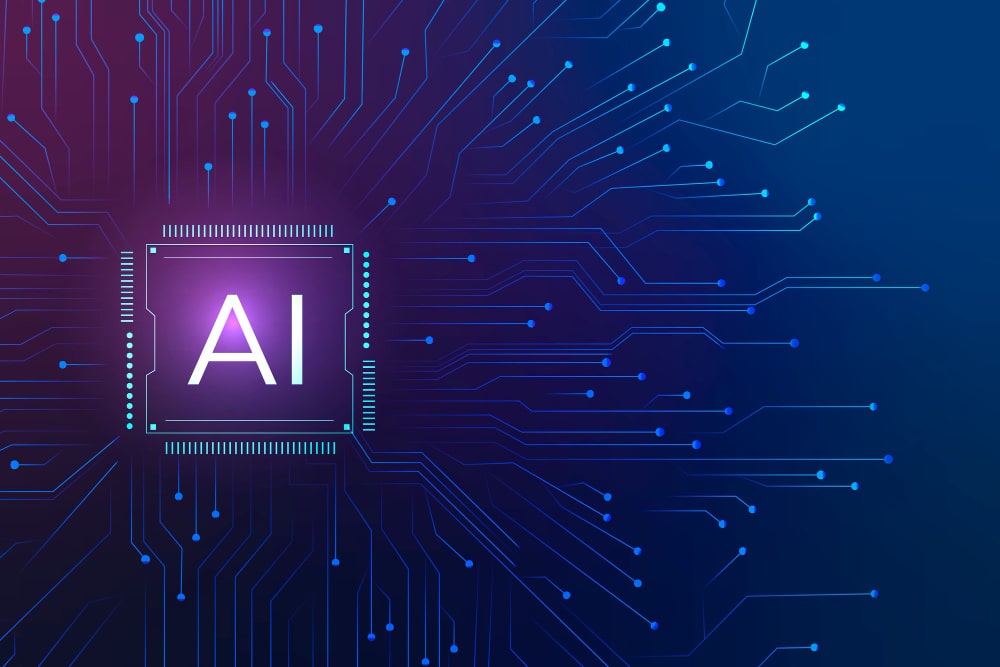The rapid advancements in Artificial Intelligence (AI) and Big Data are ushering in a new era of analytics, transforming the way businesses extract insights, make decisions, and drive innovation. As these technologies continue to evolve, 2025 is set to witness a paradigm shift in data analytics, bringing real-time intelligence, predictive modelling, and augmented decision-making to the forefront. Organizations that embrace this convergence will gain a competitive edge, while those that lag behind risk falling into data inefficiency.
Transformative Trends in Analytics
- Real-Time Data Processing
- AI-powered analytics engines will enable businesses to process and analyze data streams instantly, facilitating real-time decision-making.
- IoT sensors and edge computing will work in tandem with AI to provide immediate insights into industries such as healthcare, finance, and logistics.
2. Predictive and Prescriptive Analytics
- AI-driven predictive models will enhance forecasting accuracy in demand planning, fraud detection, and customer behaviour analysis.
- Prescriptive analytics will leverage AI to recommend optimal business actions, streamlining operations and improving efficiency.
3. Augmented Analytics
- AI-powered tools will democratize data insights, enabling non-technical users to interact with complex datasets effortlessly.
- Natural Language Processing (NLP) will enhance business intelligence platforms, allowing executives to query data conversationally.
4. Data Democratization and Visualization
- AI and Big Data will enable intuitive data visualization techniques, making complex insights more accessible and actionable.
- Advanced dashboards and immersive analytics (AR/VR) will provide decision-makers with interactive data experiences.
Opportunities and Benefits
- Enhanced Decision-Making: AI-powered insights will help businesses anticipate market trends and respond proactively.
- Operational Efficiency: Automated analytics will optimize supply chains, workforce management, and resource allocation.
- Competitive Advantage: Companies leveraging AI-driven analytics will stay ahead by rapidly adapting to evolving customer needs.
- Innovation Acceleration: Data-driven insights will fuel product development, customer personalization, and strategic growth.
Actionable Steps for Businesses
- Invest in Advanced Analytics Platforms
- Adopt AI-driven analytics tools that integrate seamlessly with existing data infrastructure.
- Choose cloud-based platforms that offer scalability and flexibility for evolving business needs.
2. Modernize Data Infrastructure
- Upgrade legacy systems to support real-time data ingestion and processing.
- Implement robust data governance frameworks to ensure data quality, security, and compliance.
3. Upskill Teams
- Provide training in AI, machine learning, and data science to empower employees with analytical skills.
- Foster a culture of continuous learning and innovation within the organization.
4. Foster a Data-Driven Culture
- Encourage cross-functional collaboration between data scientists, engineers, and business leaders.
- Develop a strategic roadmap for leveraging AI and Big Data to align with organizational goals.
5. Monitor and Adapt
- Stay updated with emerging AI and Big Data trends through industry events and research.
- Engage with technology partners and consultants to explore cutting-edge analytics solutions.
The convergence of AI and Big Data is set to redefine analytics, offering businesses unparalleled opportunities to enhance decision-making, drive innovation, and achieve operational excellence. In 2025, organizations must proactively invest in AI-driven analytics, modernize their data ecosystems, and cultivate a data-centric mindset to remain competitive. The time to embrace this transformation is now — those who act early will lead the future of analytics.

